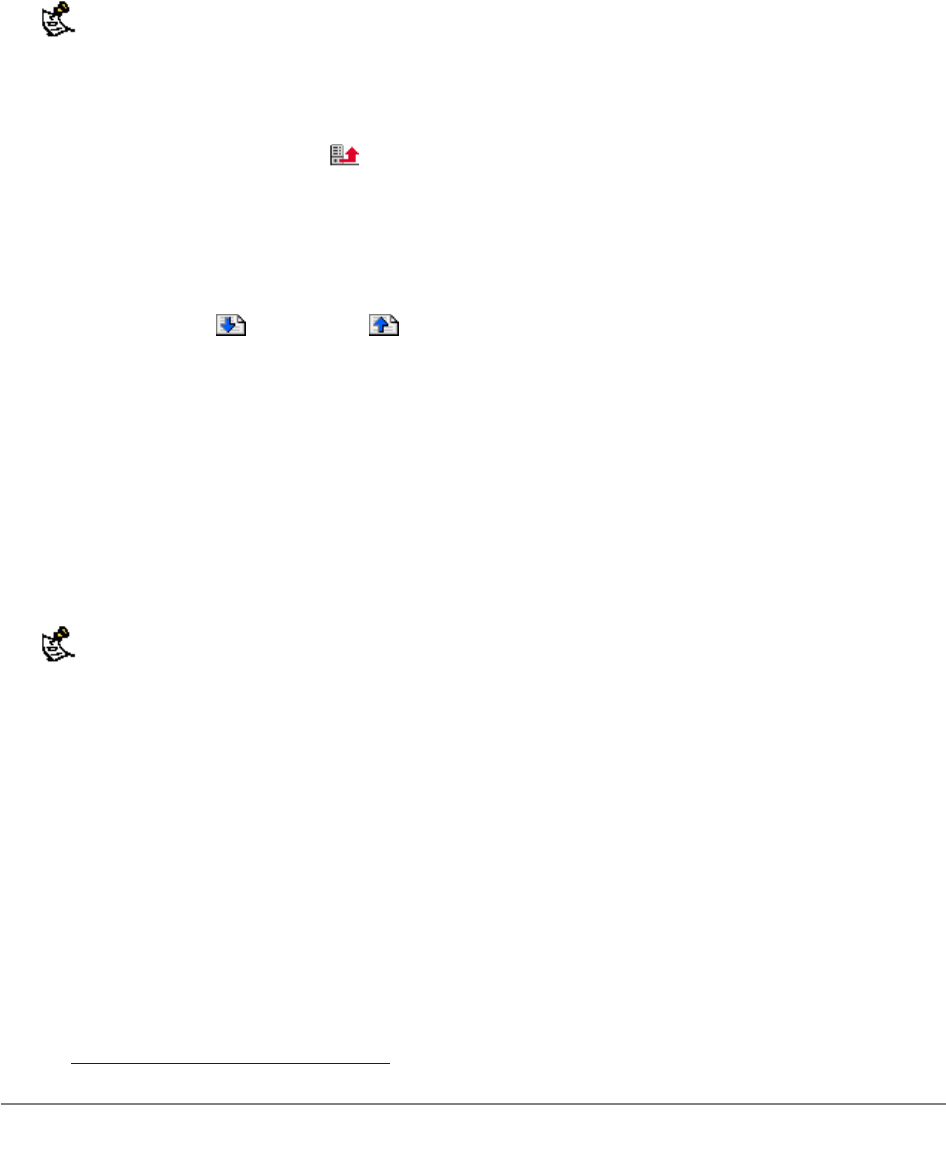
DFL-500 User Manual
7
5
You can add a URL list created by a third-party URL block or blacklist service. For example, you can
download the squidGuard blacklists, available at http://www.squidguard.org/blacklist/ as a starting point for
creating your own URL block list. Three times a week, the squidGuard robot searches the web for new URLs
to add to the blacklists. You can upload the squidGuard blacklists to the DFL-500 NPG as a text file, with only
minimal editing to remove comments at the top of each list and to combine the lists that you want into a single
file.
All changes made to the URL block list using the web-based manager are lost when you upload a new list.
However, you can download your current URL list, add more URLs to it using a text editor, and then upload
the edited list to the DFL-500 NPG.
•
In a text editor, create the list of URLs to block.
•
Using the web-based manager, go to Web Filter > URL Block .
•
Select Upload URL Block List
.
• Enter the path and filename of your URL block list text file, or select Browse and locate the file.
• Select OK to upload the file to the DFL-500 NPG.
•
Select Return to display the updated URL block list.
Each page of the URL block list displays 100 URLs.
• Use Page Down
and Page Up to navigate through the URL block list.
•
You can continue to maintain the URL block list by making changes to the text file and uploading it
again.
Removing scripts from web pages
Use the following procedure to configure the DFL-500 NPG to remove scripts from web pages. You can
configure the DFL-500 NPG to block Java applets, cookies, and ActiveX.
When the DFL-500 NPG removes Java applets, cookies, or ActiveX code from a web page, the DFL-500
NPG writes a message to the Event log.
Blocking of any of these items might prevent some web pages from working properly.
• Go to Web Filter > Script Filter .
•
Select the filtering options that you want to enable.
You can block Java applets, cookies, and ActiveX.
• Select Apply to enable script filtering.
Exempting URLs from content or URL blocking
Add URLs to the Exempt URL List to allow legitimate traffic that might otherwise be blocked by content or
URL blocking. For example, if content blocking is set to block pornography-related words and a reputable
website runs a story on pornography, web pages from the reputable website would be blocked. Adding the
address of the reputable website to the Exempt URL list allows the content of the website to bypass content
blocking.
This section describes:
• Adding URLs to the Exempt URL List


















